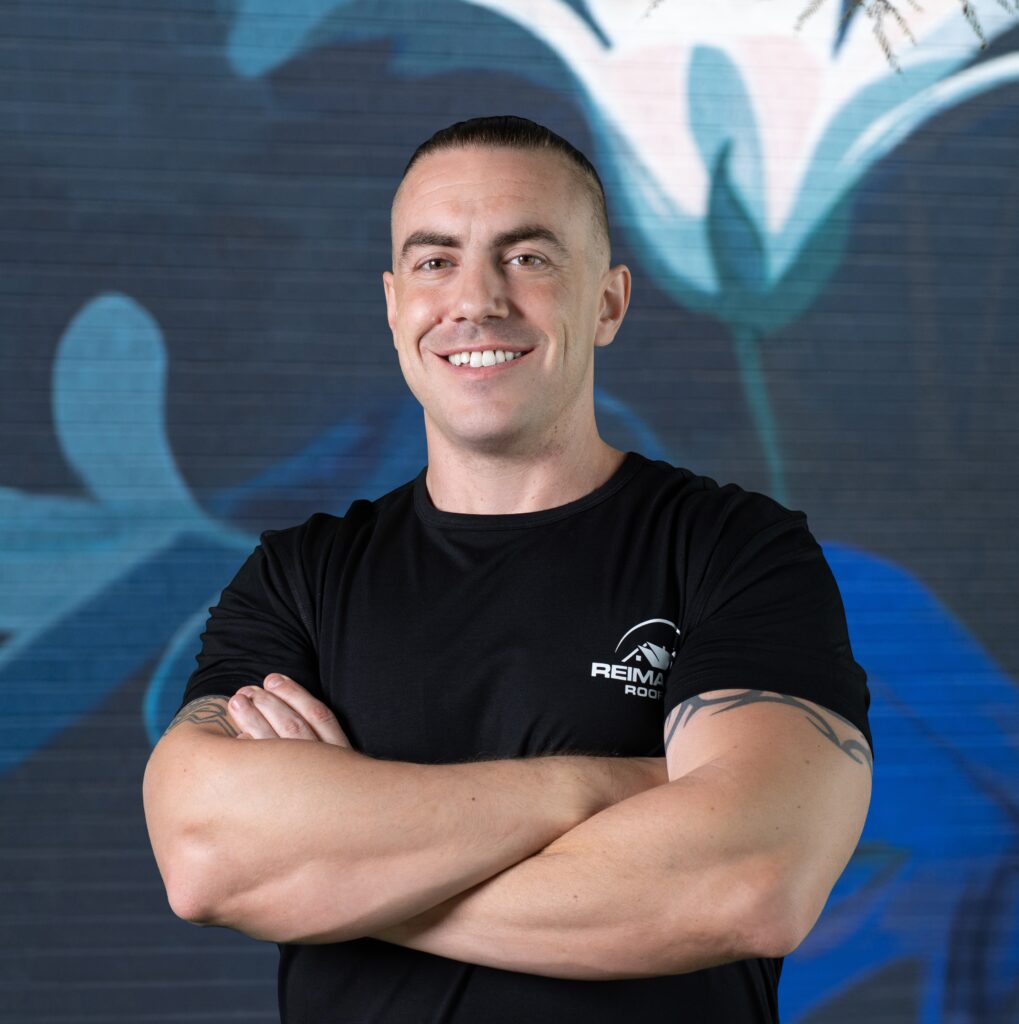Training and development are two pillars holding up the bar of performance that an employee delivers. Good training gives knowledge to executives and makes them efficient in the workplace. On the other hand, development is the ongoing process of growth that readies them for the future. Competition for top talent is heating up so roles that offer a better vision for the employee’s future are more attractive. Companies are also starting to recognize this and must be willing to add value that employees will benefit from in order to attract and keep top talent.
Businesses must acknowledge the benefits of a developed workforce and impart training to their staff for the three principal goals: profit growth, reduced employee turnover, and talent succession. In doing so, the company also gains a developed task force ready to problem-solve the challenges ahead. Through proper training and development, employees achieve enhanced competency and improved motivation. In turn, they value the knowledge they gain and appreciate their employer for providing it. A noteworthy characteristic for valuable human capital is personal development.

The Right Person in the Right Role
Managing a workforce can be a constant challenge. Common obstacles are attendance issues, deadlines, personality clashes, performance shortfalls and the list goes on. People skills and managerial abilities make a significant impact in the ever-changing dynamics of a business. If used correctly, employees of all levels benefit from training and development programs, which combat these obstacles.
Take our company, Seeker Solution, for example. We provide a comprehensive range of well-structured training and development efforts for businesses. They provide their human capital with the resources to face dynamic business challenges that they encounter. We find that developing a relevant skill set in combination with the right attitude is paramount to the success of the business. Therefore, our coaching & training programs are specifically designed to match individual requirements to equip them with just that. We conduct individual and team building programs for employees to instill positive growth in them, resulting in well-coordinated human efforts directed toward reaching business goals.
So, how are you addressing your organization’s individual needs? It doesn’t have to look like our solution, and there certainly isn’t a blanket “training and development” solution out there that covers everything you are facing. But you might have a specific need your team could benefit from right away. It could focus on your overall organization such as improving morale, office culture or team building. Or it could be more specific to an individual such as leadership development, supervisory training or efficiency coaching (for time-management or role-defining). Whatever your need, it is important to research the resources that are out there for support.
Types of Training and Development
Once you’ve identified what your needs are, consider how you’d like to offer training to your staff:
Informal
- This is one of the most commonly used modes of training. Informal training does not require any structure or curriculum. It can be intentional or even incidental and usually occurs on the job with experience. Informal training does not formally measure outcomes. Therefore the employee does not receive a certification upon completion of a training session.
Formal
- This is a systematic and structured training process with a well-designed curriculum. It has beginning and end-of-session assessments and often includes a certification of completion. This type of training process also has goals and objectives set before the process begins.

Self-directed
- This training is learner-led where they define the goals, objectives, structure, and process. A self-directed learner takes ownership of his or her own growth, so a very important step is self-reflection. This step helps the learner improve as he or she progresses. An advantage is they are learning from their own experiences, potentially more cost effective.
Facilitated
- This training session is instructor-led therefore, they determine all aspects of the session such as objective, methodology, evaluation criteria, and time. This is effective to attain a particular skill or knowledge in a fixed amount of time. The process may lack customization for differentiated learning processes and as a result, the learners may become passive.
For part 2 in our next blog, we will highlight examples of training and development solutions that are out there. A must read if considering what’s best for you and your team.



